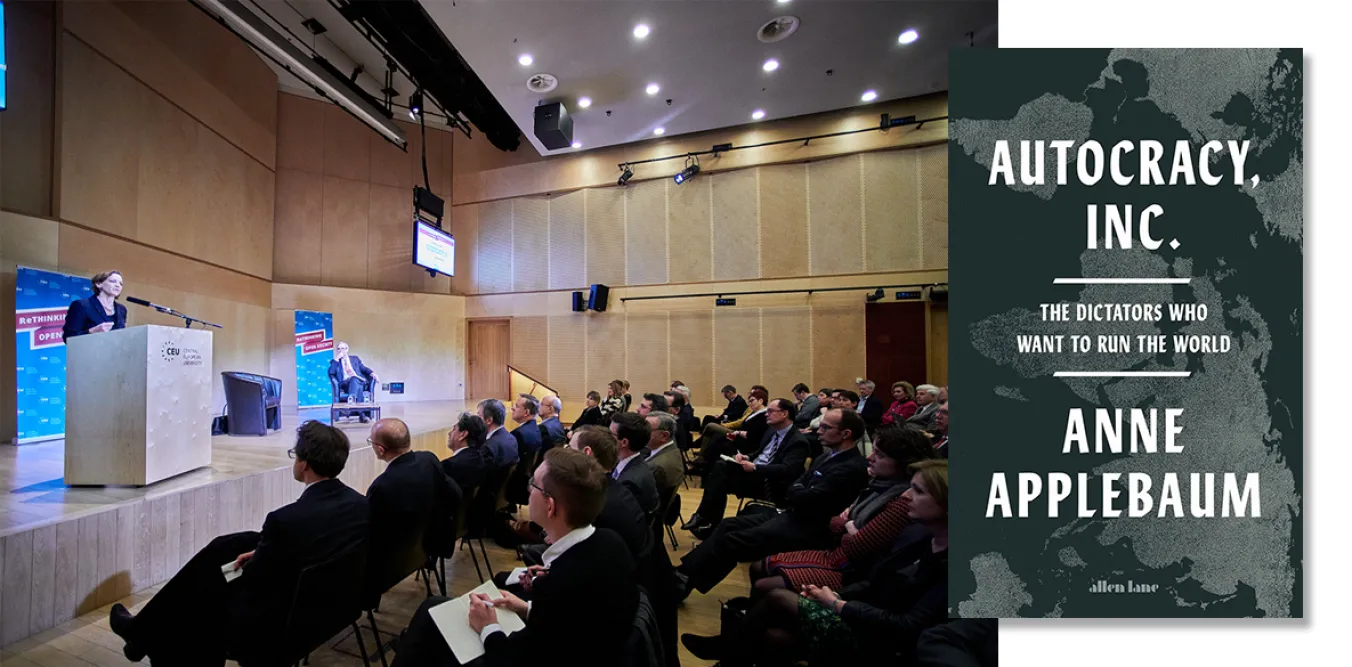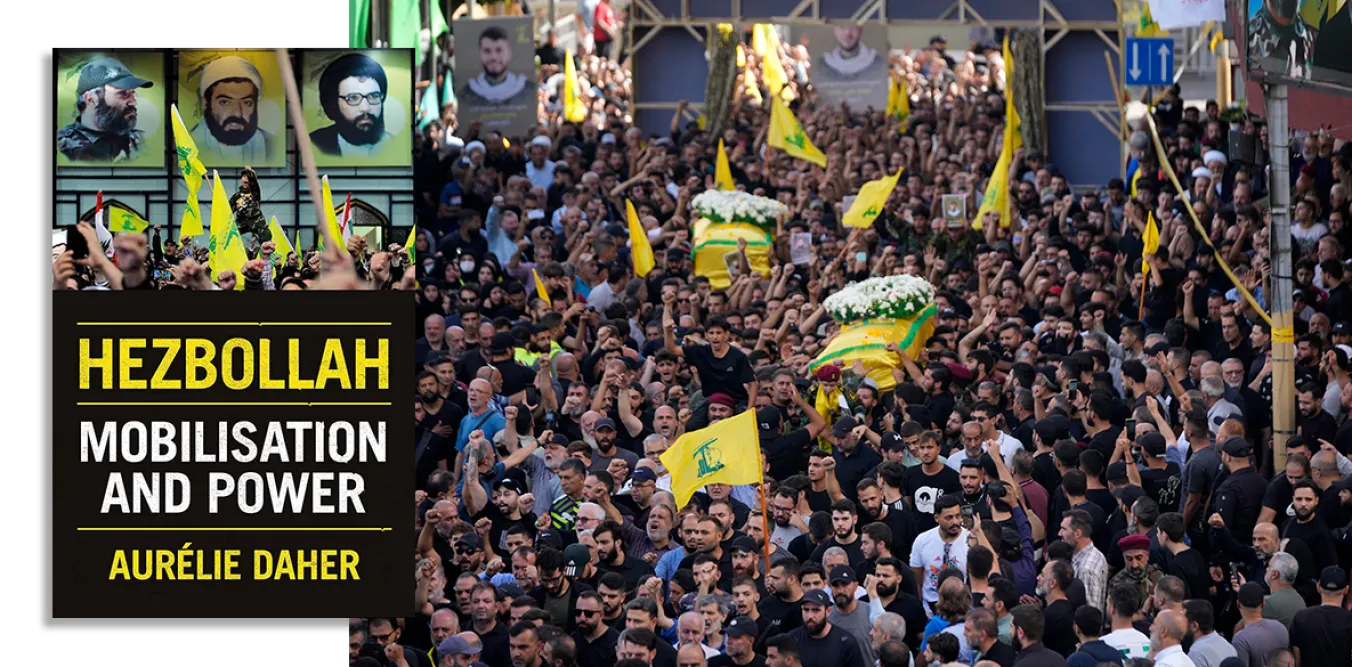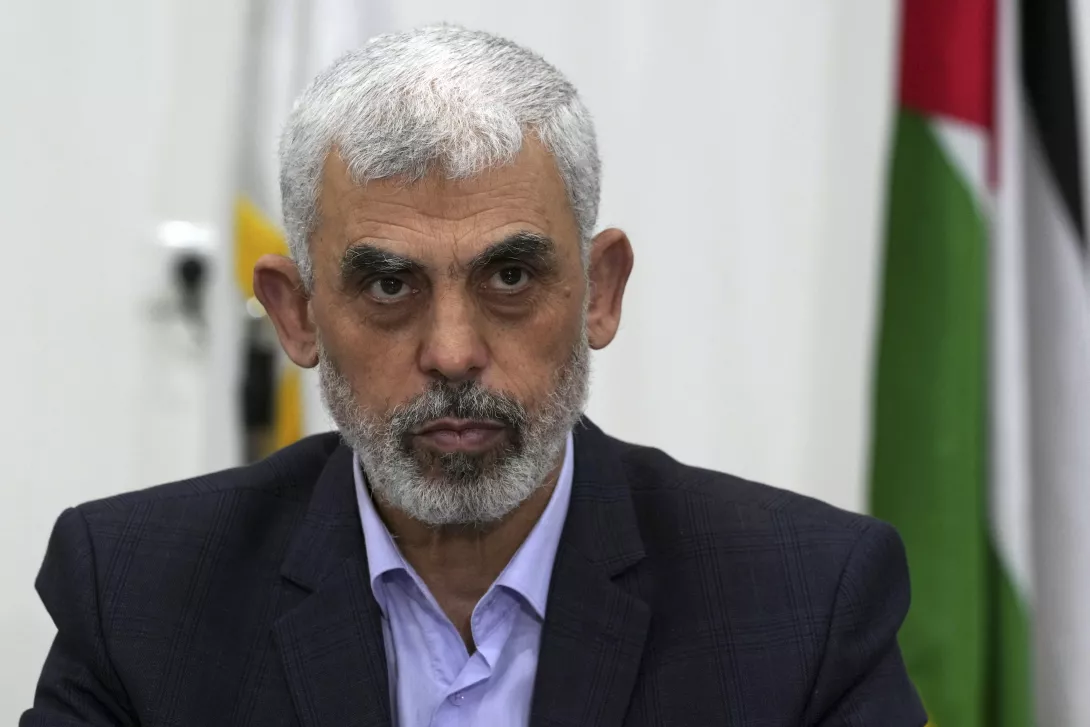
Hamas: The Quest for Power
Beverly Milton-Edwards and Stephen Farrell, Polity Press, £17.99
THIS updated edition of the authors’ original 2010 work on Hamas explores the first elected Islamist organisation which has since transformed the Middle East. A chronology at the end goes to January 20 2024, and history remains in motion. It’s a curious sensation to be turning the pages of recent history when one of the main characters, Ismail Haniyeh, is assassinated in real time.
The book is valuable for several reasons. Firstly, it relies on the authors’ interviews with key Hamas and Israeli figures and a broad documentary record. Secondly, it is considered and unemotional, which casts an almost unnerving calmness over a situation that is strewn with exploded bodies on endless social media streams.
Most importantly, it provides a detailed account of Hamas’s development, reasoning and methods, offering a perspective that is completely overshadowed by its mainstream representation as the bogeyman du jour.
















